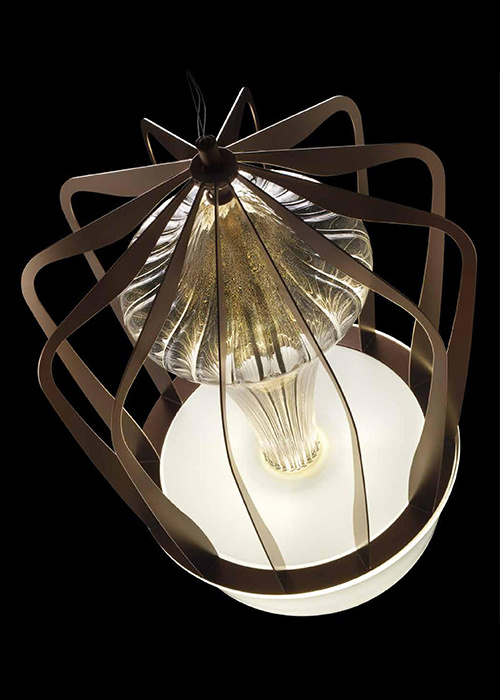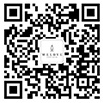NEWS DETAIL
What are the common materials used in the design of non standard lights
Release time:
2023-11-23 15:56
In the design of non-standard automation equipment, it often involves the selection of materials, and I don't know what materials to choose are reasonable. Especially in the design of a set of non-standard lamp equipment, it often contains a variety of materials. How to reasonably choose materials has become a very important link in non-standard design. So, next, I'm going to introduce the materials that are commonly used in the design of non-standard lights.

Non-standard lamp design materials include metal materials and non-metallic materials. The main metal materials used are steel, cast iron, aluminum, copper, etc.; Non-metallic materials mainly include plug steel, nylon, polyurethane, bakelite, acrylic board, etc.
1. Steel: refers to the general term of iron-carbon alloy with a carbon content between 0.02% ~ 2.11%. Due to its low price and reliable performance, it is a widely used metal material. The most widely used steels in the mechanical design of non-standard lamps are Q235, 40Cr, stainless steel, die steel, spring steel, etc.
2. Classification of low-carbon steel, medium-carbon steel and high-carbon steel: low
Q235-A: Low carbon steel with carbon content less than 0.2%, yield strength of 235MPa, good plasticity, certain strength, but no impact resistance. In the design of non-standard lamps, it is generally used for the welding of structural parts, such as square hole type, welding block, frame plate, angle steel, etc., in the surface treatment, the structural parts are generally sprayed or painted, and the plate is treated with anti-rust, usually chrome plated or blackened.
3. 45# steel: medium carbon steel with a carbon content of 0.42~0.50%, with excellent mechanical properties and cutting properties, and poor welding performance. In the design of non-standard lamps, it is generally used to make frame plates, structural connectors, shafts with low strength requirements, etc., and the hardness of 45 steel quenched and tempered (quenched and tempered) is between HRC20~HRC30. The hardness of quenched and tempered steel is generally required to be HRC45. After high hardness, the strength stability cannot meet the requirements.
4. 40Cr: alloy structural steel. After quenching and tempering, it has good mechanical properties, but the weldability is not good, and it is prone to cracks. It can be used to manufacture gears, connecting rods, shafts, etc., and the surface hardness can reach HRC55 after quenching.
5. Stainless steel SUS304 and SUS316 are carbon low-carbon steel≤ 0.08%. It has good corrosion resistance, mechanical properties, stamping and bending hot working properties, and the standard SUS304 is a non-magnetic material. However, many products develop magnetic properties during the melting process due to component segregation or improper heat treatment. If non-magnetic is required, it needs to be stated in the engineering drawings. SUS316 has better corrosion resistance than 304, especially in high temperature and harsh environments. Currently, there are a lot of 316Ls on the market. Due to its low carbon content, the welding performance and processing performance are better than SUS316. In non-standard lamp designs, sheet metal is often used as a mounting base for standard parts, such as covers for small parts and sensors. Sheet metal can be used for part joining.
Previous
Previous
RELATED NEWS
Huayi Lighting Global Investment Promotion

Zhongshan Huabang Lighting Co., Ltd

WeChat Public Number

Focus on Huabang

WELOVE applet
Copyright (©) 2023 Zhongshan Huabang Lighting Co., Ltd. All Rights Reserved.



